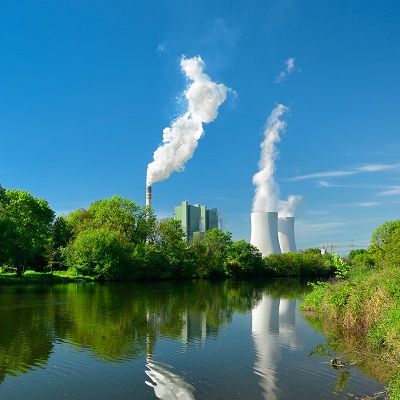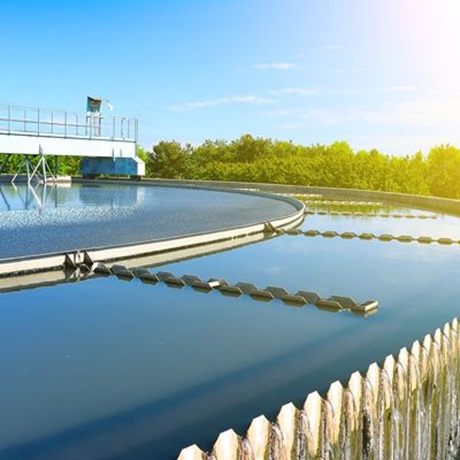We have demonstrated the potential value of extracting rare earth elements (REE) and valuable metals from the UK’s landfill sites.
Key facts
- The first study of its kind saw four UK landfill sites investigated for the presence of rare earth elements (REEs) and valuable metals.
- It is estimated that the combined value of the copper and aluminium contained within the soil-like layers at these sites alone could exceed $400 million.
- The copper and aluminium within the actual waste would also be recoverable, highlighting the significant commercial potential of enhanced landfill mining.
Impact of our research
Samples from up to 30 metres deep were taken from four UK landfill sites. These were carefully prepared to remove larger objects and then analysed for REE content and other valuable metals.
It was estimated there was around $141 million of the precious metal palladium and more than $9 million of a particular REE which is economically attractive, neodymium, buried across the four sites.
Additionally, we believe the combined value of the copper and aluminium buried at the same sites could exceed an incredible $400 million.
Further resource recovery is possible with the extraction of larger metal items and the reprocessing of plastics, which could add even more value.
Why the research was commissioned
The UK has more than 20,000 historic landfill sites, of which around 4,000 landfill sites were licenced since 1974. This legacy follows decades of reliance on landfill disposal as a method of managing waste from commercial, industrial and household sources.
Significant quantities of Waste Electrical and Electronic Equipment (WEEE) were disposed in landfill, especially prior to the implementation of the 2002 European Union WEEE Directive. Sites are also considered to contain substantial amounts of material which could have otherwise been recycled such as aluminium cans, plastic bottles and paper.
Many UK landfill sites are now closed but they will remain active for many years after closure and require extensive management. Apart from energy recovery from landfill gas and resource extraction from ex-situ mining, other benefits of landfill mining include land reclamation and the long-term management issues of sites being significantly reduced.
Why Cranfield?
This research builds on our past experience of waste characterisation and our expertise in landfill science, making use of the high-quality research facilities available at Cranfield.
We investigated the vast layers of decomposing rubbish to find the hidden value and to assess future opportunities for resource recovery. With many REEs and metals in high demand but low supply, alternative sources need to be exploited to meet future demand.
It is unlikely that the recovery of REEs and critical metals alone would be economically viable due to the high costs of recovery versus the likely revenue arising from only these materials. However, the recovery of copper and aluminium as well as plastics, along with reclaiming land for further development, add to the growing case for undertaking landfill mining on a large scale.



